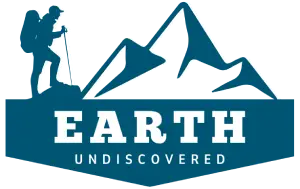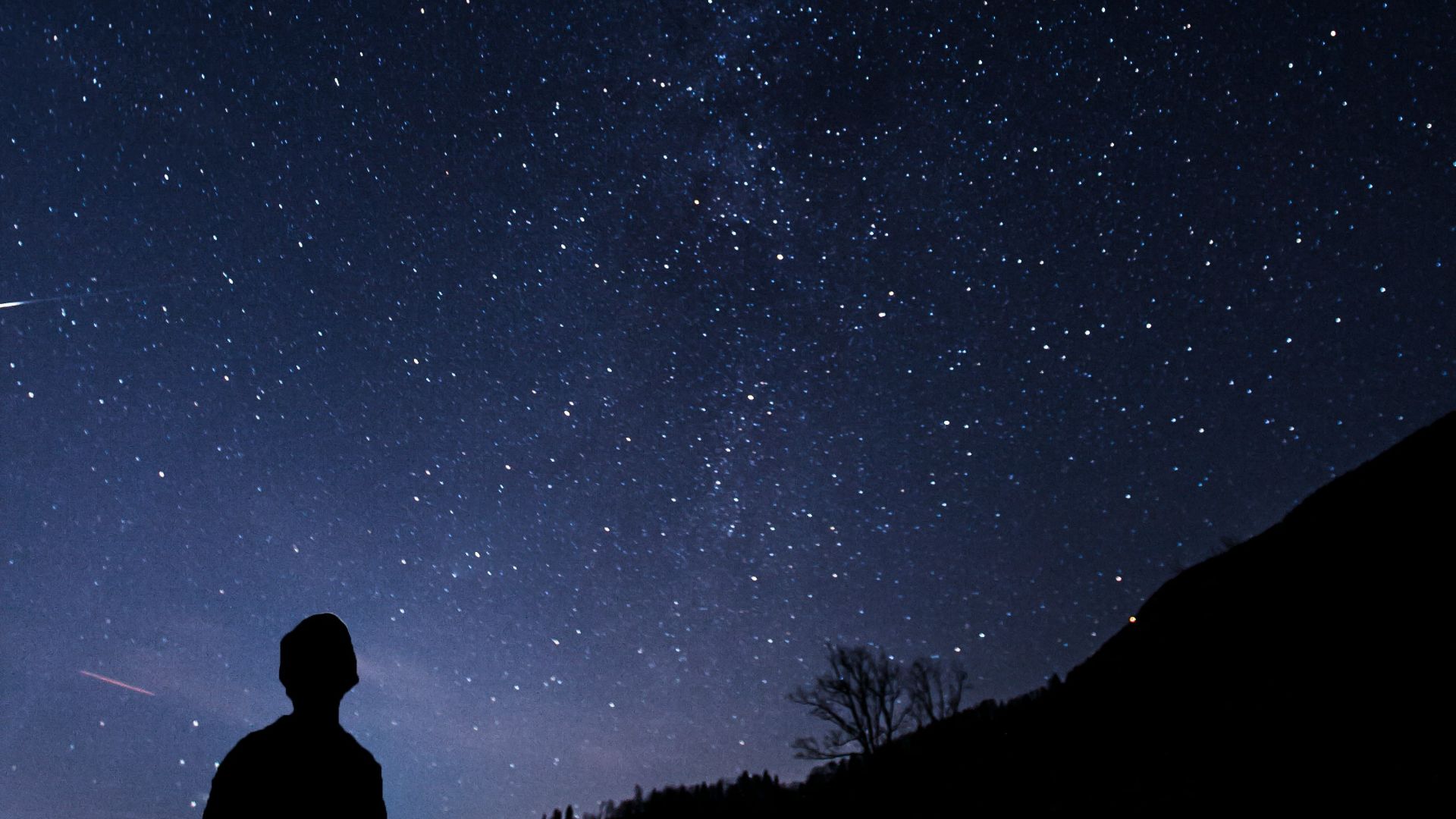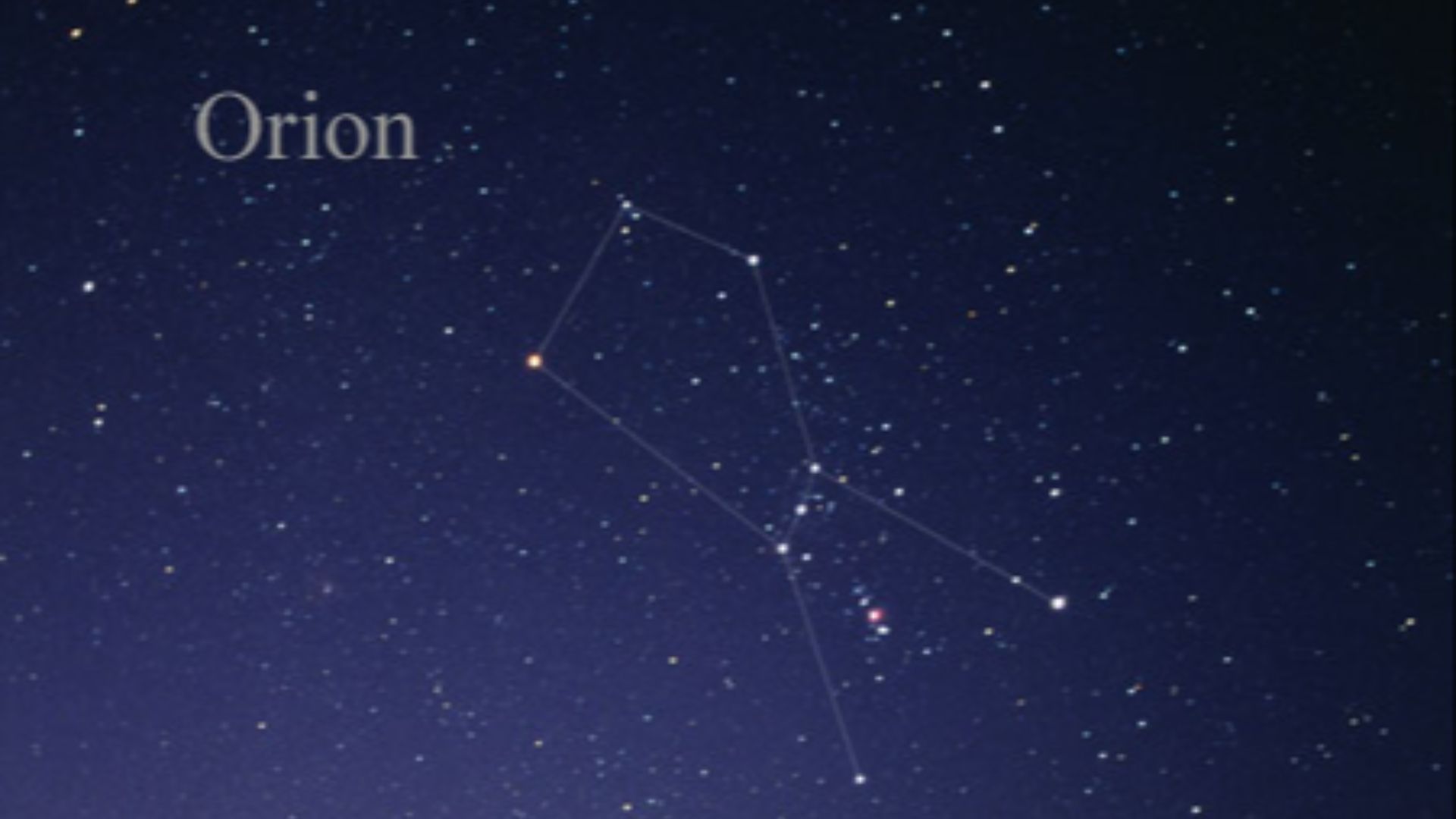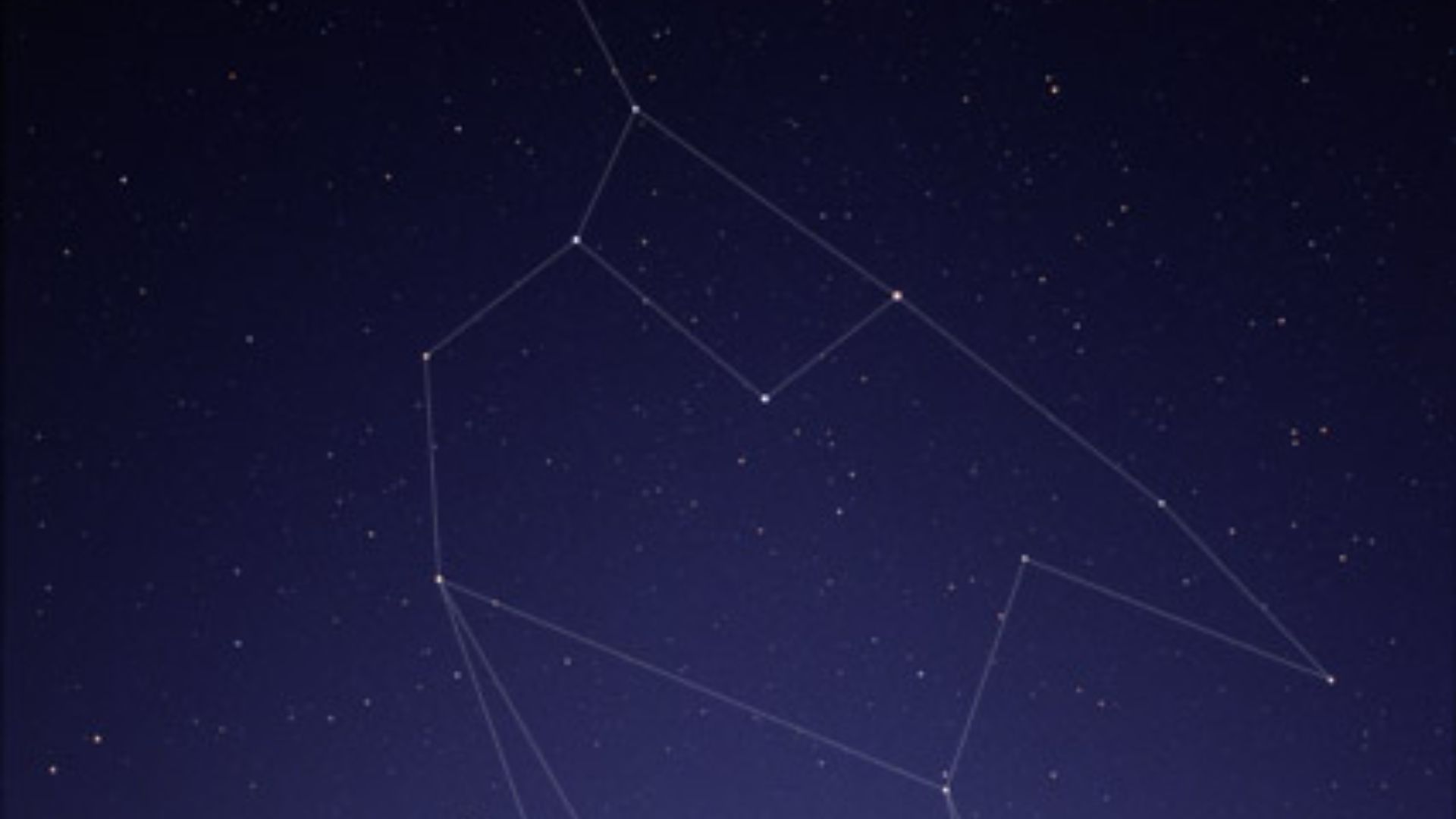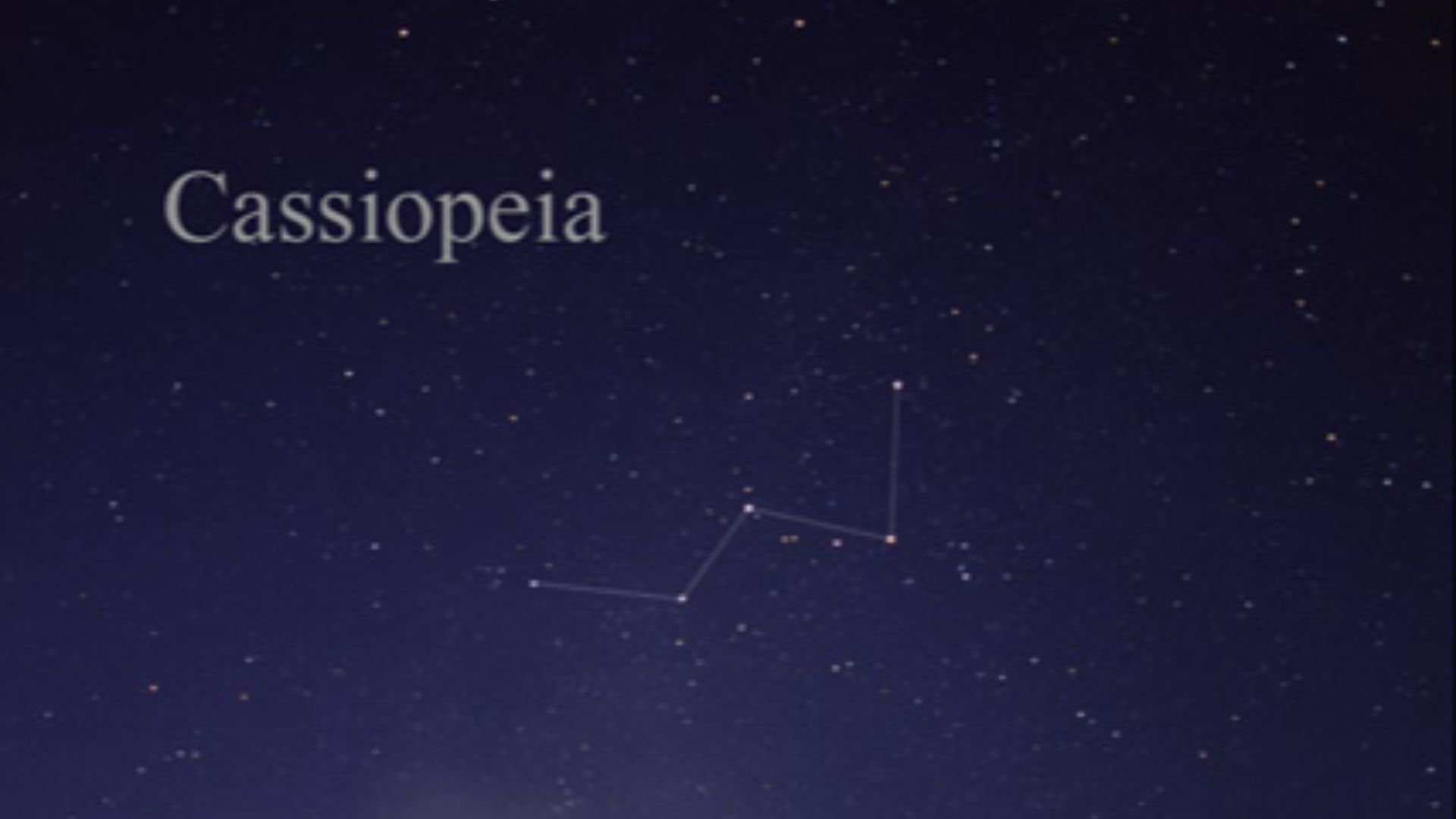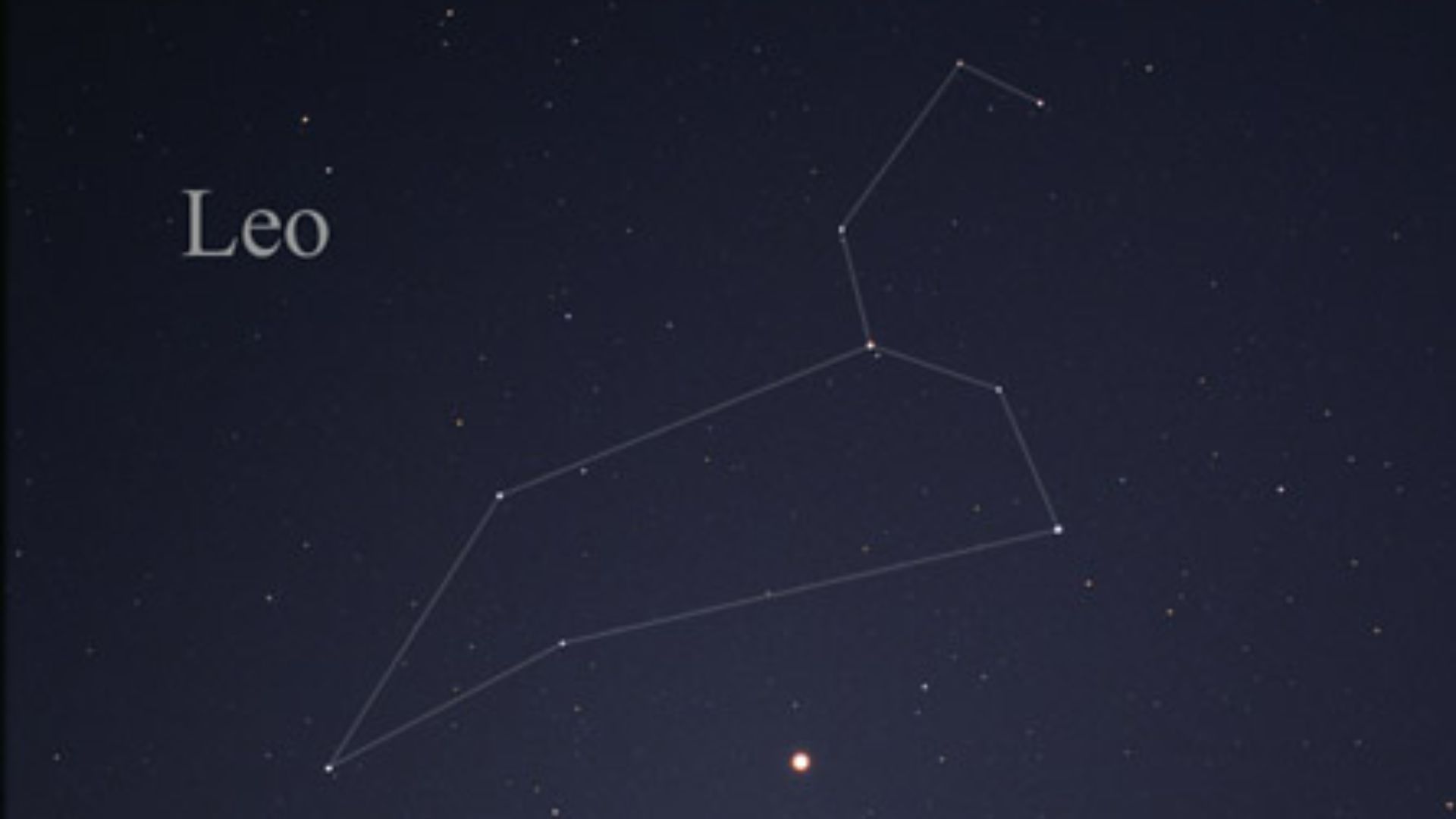Starry Night
Ever looked up at the night sky and wondered what all those stars are trying to tell you? Maybe you've mapped out distinct shapes before without knowing their meaning, or maybe you just wonder what all of those tiny dots mean. Constellations have fascinated stargazers—and ancient legends—for thousands of years, and that shouldn't come as a surprise. Whether you’re camping or just glancing out into the night, here are five constellations you can easily spot in the night sky.
1. Orion
Also known as the "Hunter," Orion is one of the easiest constellations to find. It's most visible in the winter evenings in the Northern Hemisphere, and summer in the Southern Hemisphere. Look for three bright stars in a line (the "belt"), and from there you'll be able to spot the rest.
2. Ursa Major
Ursa Major, known also as the "Great Bear," is visible year-round in the Northern Hemisphere. To find it, look north for the Big Dipper, a group of seven stars that's shaped like a pot and a handle. In the spring and summer, the Big Dipper will be higher up in the sky; in the fall and winter, it'll be closer to the horizon.
3. Cassiopeia
Cassiopeia is another constellation you can easily find in the night sky. Shaped like a "W" or "M," its distinct formation is made up of five bright stars. The best time to see it is during autumn, especially in the month of November, in the evenings.
4. Leo
Leo is visible from almost anywhere in the world, except for Antarctica. To find it, look for the constellation's distinct shape, the "sickle," which appears like a backward question mark. It's also strikingly similar to its namesake, a lion.
5. Andromeda
Andromeda is made up of 16 stars, a size that makes it the 19th largest of the 88 modern constellations recognized by the International Astronomical Union. To find it, look first for the Cassiopeia constellation, which is that distinct "W" or "M" shape.
